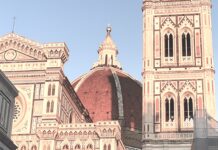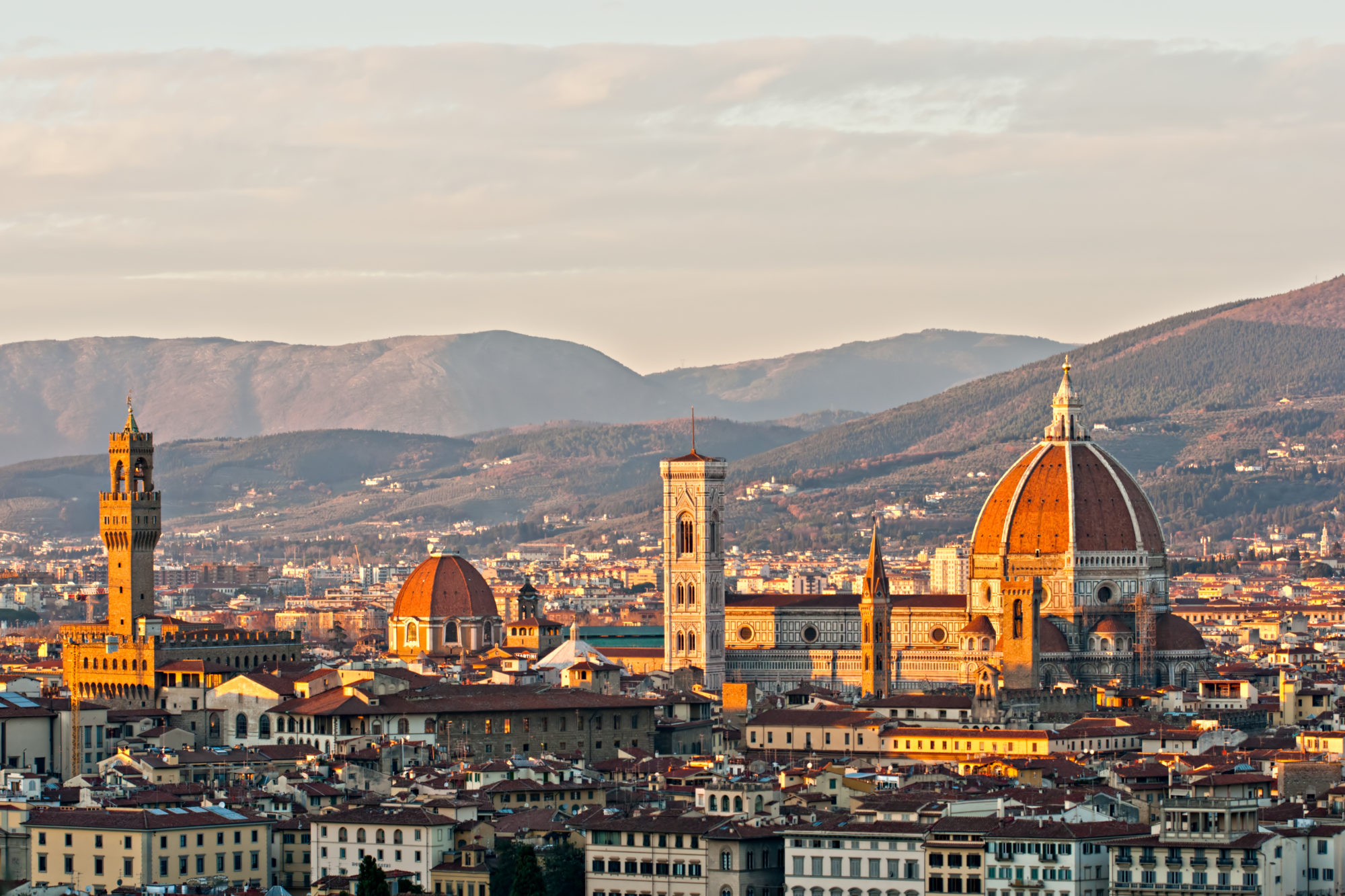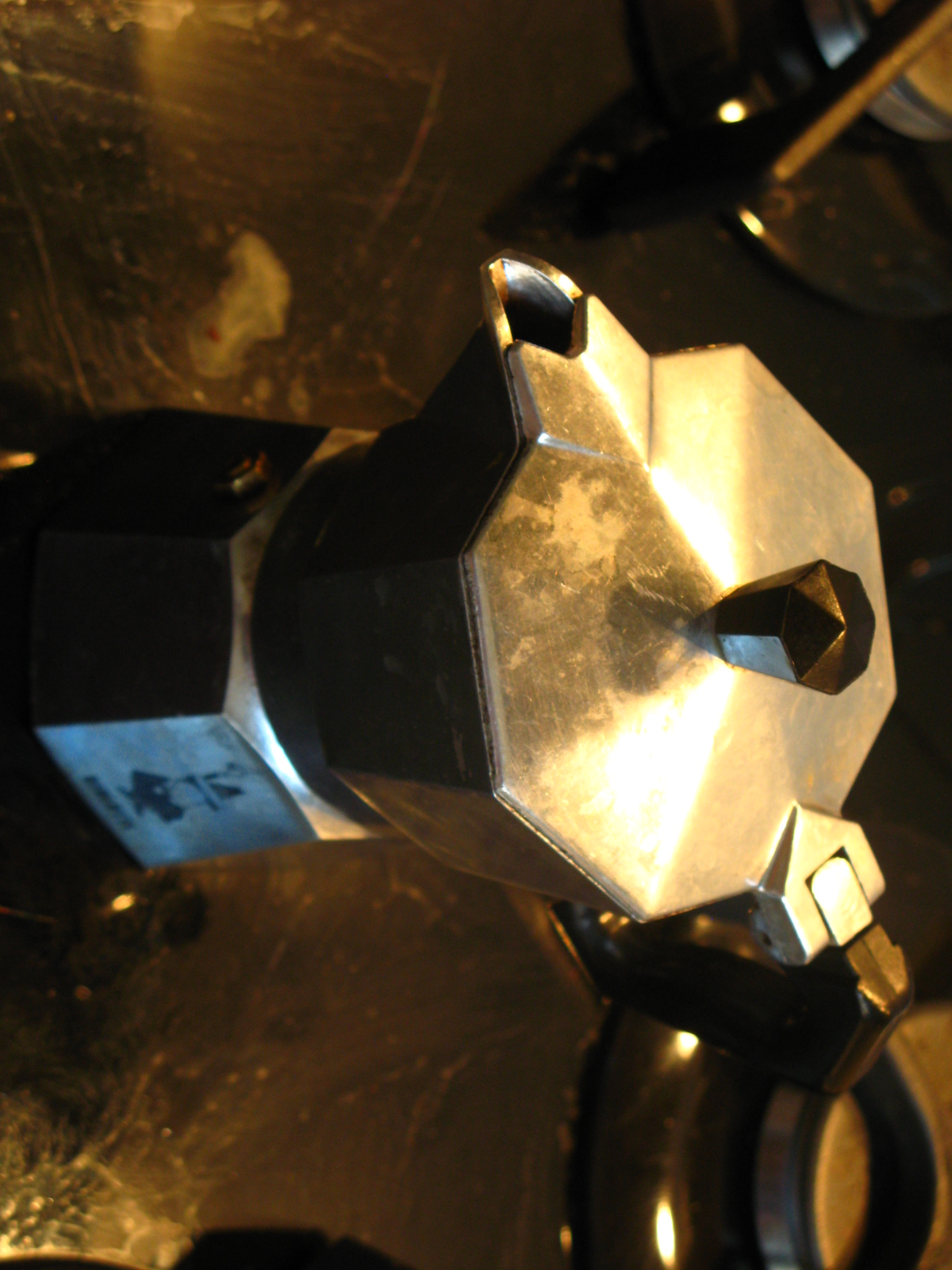The MNAF, Alinari National Museum of Photography, is located in the fifteenth-century building known as ‘delle Leopoldine’, renovated thanks to the fundamental contribution of the Ente Cassa di Risparmio di Firenze. The building has been allocated by the City of Florence, the owner of the complex, as exhibition space for its twentieth-century collections, and space has also been granted to the Fratelli Alinari. Fondazione per la Storia della Fotografia. Duly restored and equipped in line with the most up-to-date exhibition requirements, this is where the Alinari National Museum of Photography now has its premises.
The MNAF consists of two different areas:
- the exhibition space to be used for temporary exhibits connected to the theme of historical and contemporary photography assembled by the Museum itself or hosted on the basis of agreements with the most important and prestigious international institutions.
- the permanent museum spacedevoted to the history and technique of photography, with exhibits of original vintage materials illustrating the history of the invention and of the various techniques, as well as works by the leading photographers. The museum itinerary is divided into seven sections: a sort of visual historical itinerary that leads from the origins of the new invention, with reference to the great photographers of the nineteenth and twentieth centuries, to contemporary Italian and international photography.
The didactic section of MNAF, with the creation of workshops for school-age children, makes it possible to adapt visits to the museum to different age groups, keeping in mind the specific interests of each group. The Alinari National Museum of Photography (MNAF) and the Museo degli Innocenti (MUDI) have signed a partnership agreement to promote their respective activities and together create specific programs dedicated to a school-age public.
A tour itinerary – the Touch Museum – has been specifically set up for the visually disabled, for the first time technical information about photography and the pictures themselves can be “read” using specially created Braille supports, thanks to the collaboration of the Unione Italiana Ciechi (Italian Association for the Blind) and the Stamperia Braille of the Region of Tuscany.
Equal attention has been given to providing assistance for the deaf, and a sign language interpreter will be available for guided tours, in collaboration with the Ente Nazionale Sordomuti (National Association for the Deaf).
One of the primary aims of the MNAF is to create a network of scientific and artistic institutions on a civic, regional, national and international level, working together to program various exhibition projects, above all with regards as to how to exploit the educational aspect, accessible to a heterogeneous public. For this purpose a series of agreements with other important national institutions has been stipulated:
- University of Florence
- Opificio delle Pietre Dure di Firenze
- National Cinema Museum of Turin
- National Graphics Institute in Rome
- Venice Biennale – Historical Archive of Contemporary Arts
- Fondazione Spadolini Nuova Antologia
The historical foundations of the Museum go back to the activities of the Fratelli Alinari, a firm which originated in Florence and is known throughout the world as a leader in the field of Italian photography. The prime objective of the Museum is to bear witness to the history of photography and serve as a place in which to discover, learn about, and study the various aesthetic and technical aspects of Photography.











I must say, I enjoy reading your post. Maybe you could let me know how I can bookmark it ? I feel I
I must say, I enjoy reading your post. Maybe you could let me know how I can bookmark it ? I feel I
Very interesting museum of photography
Very interesting museum of photography